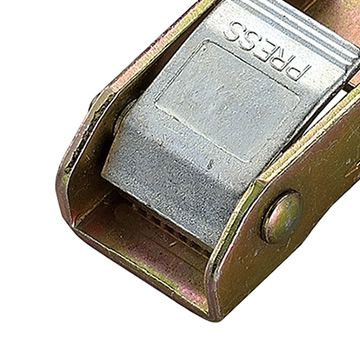Different Bracing Systems for Enhancing Stability in Steel Structures
Types of Bracing in Steel Structures
Bracing is an integral component of steel structures, essential for enhancing stability and load resistance. It plays a critical role in preventing lateral movements under various loads, such as wind or seismic forces. There are several types of bracing systems employed in steel construction, each offering specific advantages based on design requirements and structural considerations.
1. Diagonal Bracing
Diagonal bracing is one of the most common forms of bracing used in steel structures. It consists of diagonal members that connect the vertical and horizontal frames of the structure. This system effectively transfers lateral loads to the ground, enhancing stiffness and preventing deformation. The primary advantage of diagonal bracing is its simplicity and effectiveness in providing shear resistance. It can be found in various structures, such as bridges, towers, and buildings.
Cross bracing involves the use of two diagonal members crossing each other in an X pattern. This configuration creates a more rigid framework, as both members work in tension or compression to resist lateral forces. Cross bracing is commonly utilized in tall buildings and towers where wind loads are significant. It allows for efficient load distribution and can reduce the amount of material needed compared to other bracing systems. However, the installation of cross bracing may interfere with the functionality of interior spaces, requiring careful planning and execution.
3. K-Bracing
types of bracing in steel structures

K-bracing is a variation of cross bracing that features a more complex arrangement of diagonal members, resembling the letter K. This system allows for both tension and compression forces to be more evenly distributed across the bracing members. K-bracing is often favored in applications where architectural considerations are paramount, as it can be designed to minimize visibility while maintaining structural integrity. Its efficient load path makes it suitable for a wide range of structural designs.
4. Chevron Bracing
Chevron bracing is another effective bracing system characterized by diagonal members that connect to the top and bottom of vertical columns in a V shape. This configuration allows for the efficient transfer of lateral loads while minimizing the amount of material required. Chevron bracing is particularly useful in structures subjected to significant dynamic loads, such as those found in earthquake-prone regions. Its design helps maintain the structural aesthetics without compromising performance.
5. Braced Frames vs. Moment-Resisting Frames
In addition to traditional bracing systems, it is essential to understand the distinction between braced frames and moment-resisting frames. While braced frames utilize diagonal members to resist lateral forces, moment-resisting frames rely on the rigid connection of beam and column joints to provide stability. Both systems have their own advantages and are chosen based on the specific demands of the project, including budget, design flexibility, and expected load conditions.
Conclusion
Bracing is a crucial element in the design and construction of steel structures, ensuring stability and resilience against various forces. The choice of bracing system significantly impacts the overall performance of the structure, making it vital for engineers and architects to consider the specific requirements of their projects. Understanding the types of bracing available—such as diagonal, cross, K, and chevron bracing—enables professionals to optimize their designs for functionality, aesthetics, and safety. As technology advances, innovations in bracing systems will continue to shape the future of steel construction, pushing the boundaries of design and engineering.
-
Weatherproof Plastic Expansion Anchors for OutdoorNewsJun.06,2025
-
Sustainability in the Supply Chain: Eco-Friendly TEK Screws ProductionNewsJun.06,2025
-
Load-Bearing Capacity of External Insulation FixingsNewsJun.06,2025
-
Double Head Bolts: Enhancing Efficiency in Industrial MachineryNewsJun.06,2025
-
Corrosion Resistance in Chipboard Screws: Coatings for Wholesale DurabilityNewsJun.06,2025
-
Butterfly Toggle Bolts : Enhancing Structural ResilienceNewsJun.06,2025
